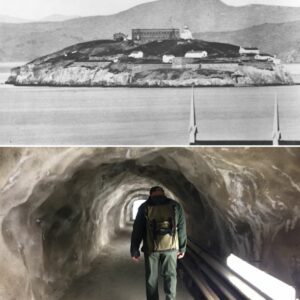Nestled in the heart of Dagestan, a republic of the Russian Federation in the North Caucasus, is a bridge that stands as a testament to human ingenuity and resilience. This wooden marvel, located near the village of Gulli in the Tabasaran region, has withstood the ravages of time for over two centuries, without the use of a single nail in its construction. The ancient bridge is not just an architectural feat; it’s a piece of history that continues to captivate the imagination of locals and visitors alike.
The Ancient Bridge: A Symbol of Durability
In the rugged mountains of Dagestan, where steep cliffs and remote villages define the landscape, the ancient wooden bridge stands as a testament to the engineering prowess of the past. Constructed entirely from wood, the bridge is a true marvel of ancient craftsmanship. Its sturdy structure, composed of thick beams and round logs, was designed to endure the harsh weather conditions of the region, while also providing a vital link for trade, travel, and local life. Despite being centuries old, the bridge remains remarkably strong and functional, capable of supporting the weight of modern vehicles.
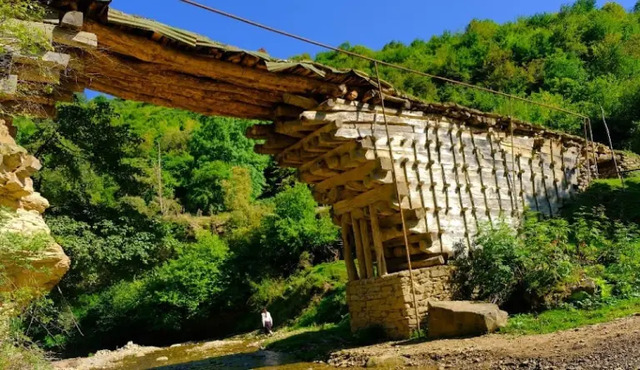
The bridge’s durability is all the more impressive when you consider the absence of nails in its construction. Traditional woodworking techniques, including interlocking beams and precise joinery, were employed to ensure that the structure would hold up over time. This unique method of construction, which relies solely on the natural properties of the wood, speaks volumes about the skill and knowledge of the builders. The bridge, though humble in appearance, is a reflection of the deep connection between the people and the land they inhabit.
Video
Watch the video The 200-Year-Old Dagestan Bridge Built Without Nails to discover the incredible craftsmanship behind this ancient architectural marvel.
The True Age of the Bridge: 200 or 800 Years?
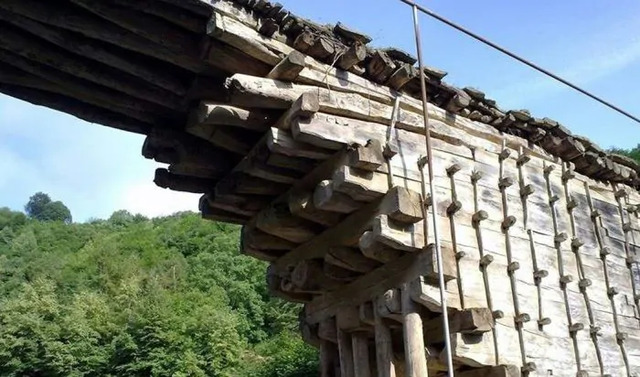
The age of the bridge is shrouded in mystery. While some researchers date the bridge’s construction to the 19th century—approximately 200 years ago—local legends suggest that it could be much older, possibly dating back 700 to 800 years. The oral traditions of the Tabasaran people, passed down through generations, point to a bridge that has existed since the early days of their civilization. According to these stories, the bridge has stood through the rise and fall of empires, enduring wars, invasions, and the passage of time.
The uncertainty surrounding the bridge’s age only adds to its mystique. Whether it was built 200 or 800 years ago, one thing is certain: this bridge has witnessed history in the making. From ancient times to the present day, it has connected people, communities, and cultures, serving as a silent witness to the evolution of Dagestan and its people.
Architectural Mastery: The Bridge Without Nails
What sets this bridge apart from others is the way it was built. Unlike most wooden structures, which rely on nails and other metal fasteners, this bridge was constructed without the use of a single nail. Instead, the builders relied on an intricate system of interlocking wooden beams and natural materials to create a structure that could withstand the test of time. The absence of nails is a testament to the advanced woodworking skills of the Tabasaran people, who used only the natural resources available to them.
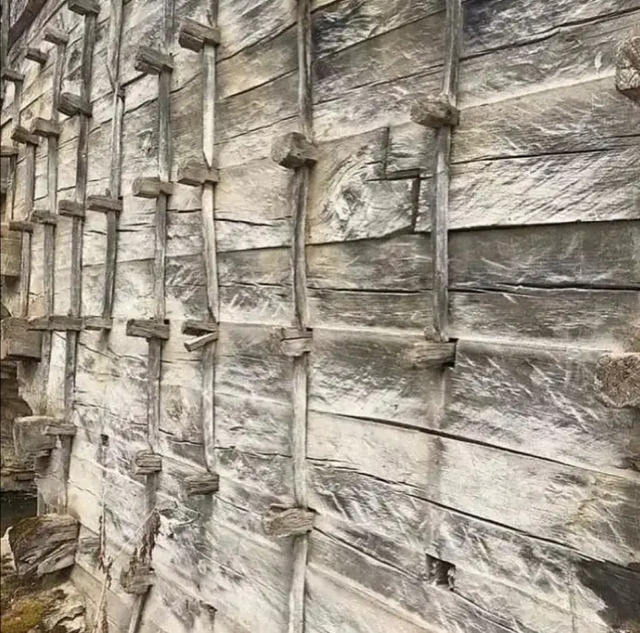
The bridge’s design is not only a feat of engineering but also a reflection of the harmonious relationship between humans and nature. The Tabasaran people, who lived in an area rich with forests, understood the properties of wood and how to use it to create structures that would endure. By using wood and stone in this way, they crafted a bridge that would not only stand the test of time but also remain functional for generations to come.
Fusion of History and Nature: The Tabasaran Region

The Tabasaran region, where the bridge is located, is renowned for its stunning natural beauty and diverse cultural heritage. Half of the region is covered in lush forests, providing ample resources for construction and woodworking. This abundant supply of wood allowed the Tabasaran people to build not only bridges but also homes, villages, and other structures that were essential for their way of life.
The bridge is not just a marvel of engineering; it is also a symbol of the region’s rich history and culture. The Tabasaran people, known for their strength and resilience, have long been a key part of Dagestan’s identity. In times of peace, they turned to farming, animal husbandry, and handicrafts, using their skills to create lasting structures such as the bridge in Gulli village.
The Tabasaran People: Legends and Heritage
The Tabasaran people have a deep and fascinating history that is intertwined with the ancient bridge. Believed to have origins linked to the ancient kingdom of Caucasian Albania, the Tabasaran people have preserved a distinct identity throughout the centuries. Their culture, traditions, and skills have been passed down through generations, and the bridge stands as a symbol of their creativity, ingenuity, and resilience.
In addition to their skills in architecture, the Tabasaran people were also known for their craftsmanship in other areas, including pottery, weaving, and metalworking. These talents were passed down through the generations, and their legacy lives on in the bridge that continues to stand strong in the Tabasaran region today.
The Bridge as a Symbol of Resilience
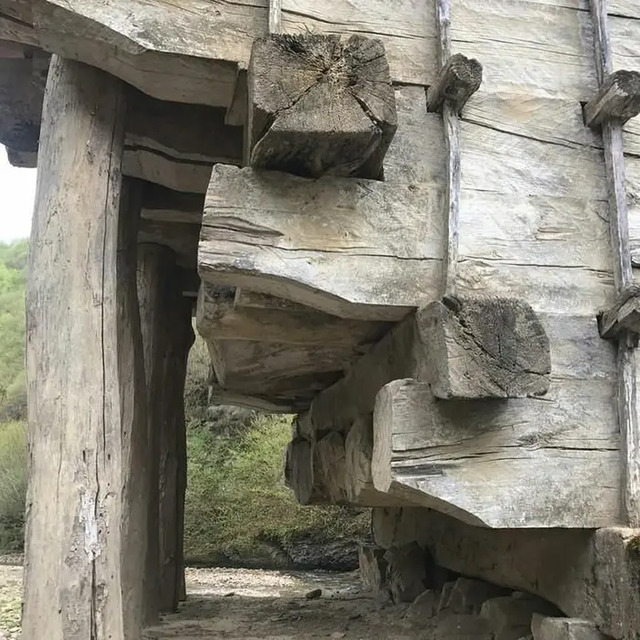
The bridge is more than just an architectural structure; it is a symbol of the resilience of the Tabasaran people. Over the centuries, it has withstood natural disasters, wars, and the passage of time. It has remained a vital link for the local community, providing a means of transportation, trade, and communication. The bridge’s ability to endure is a reflection of the indomitable spirit of the Tabasaran people, who have faced countless challenges but continue to thrive.
Standing before the bridge, one cannot help but feel a sense of awe and respect for the builders who created it. Their patience, skill, and understanding of nature allowed them to create a structure that would last for centuries. The bridge is a testament to the strength and resilience of a people who, despite the challenges they faced, built something that would stand the test of time.
Preserving the Legacy: A Heritage to Be Preserved
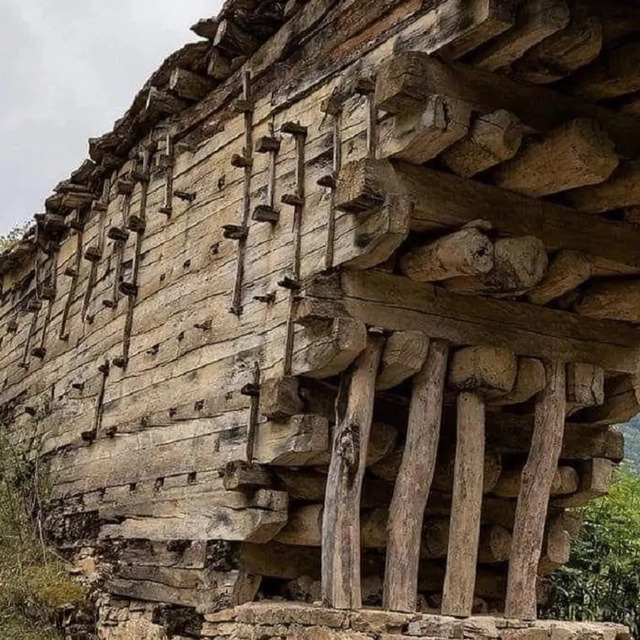
As a historical monument, the ancient bridge in Dagestan is not only an architectural masterpiece but also a cultural heritage that must be preserved for future generations. The bridge is an important reminder of the ingenuity and creativity of the Tabasaran people, and it serves as a symbol of their enduring legacy.
Efforts are needed to ensure that the bridge remains intact for future generations to admire and appreciate. The local community, along with authorities, must work together to protect and maintain this unique structure. By doing so, they can ensure that the bridge continues to stand as a symbol of Dagestan’s rich history and cultural heritage.
Visiting the Ancient Bridge: A Must-See Destination
For those who love history, architecture, and nature, the wooden bridge in Dagestan is a must-visit destination. The bridge is not only a marvel of ancient engineering but also a place where visitors can connect with the rich history and culture of the Tabasaran people. With its stunning location in the Tabasaran region and its deep historical significance, the bridge is sure to be a highlight of any trip to Dagestan.
As interest in local heritage grows, the bridge has the potential to become a prominent destination for tourists and history enthusiasts alike. It is a place where the past and present come together, and where visitors can learn about the ingenuity and resilience of the people who built it.
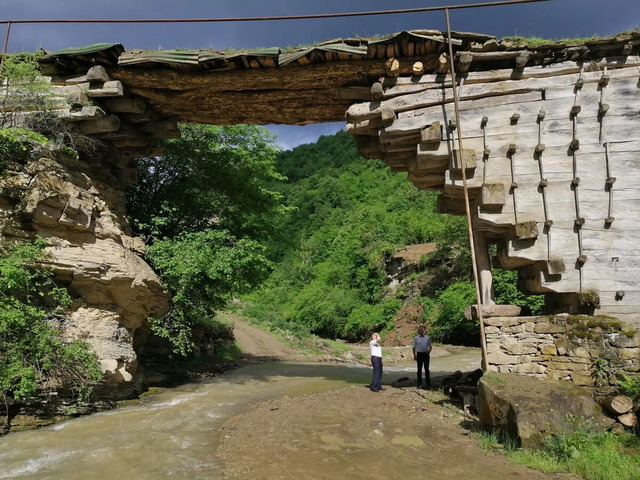
Video
Watch the video Grandpa Amu: The Master Craftsman Who Builds a Wooden Arch Bridge Without Nails to witness his remarkable skill and craftsmanship.
Conclusion: An Enduring Legacy
The 200-year-old wooden bridge in Dagestan is not just a historical monument; it is a testament to the creativity, resilience, and ingenuity of the Tabasaran people. Built without a single nail, this architectural masterpiece has stood the test of time, surviving centuries of change and becoming a symbol of the region’s rich cultural heritage. As efforts to preserve the bridge continue, it will remain a lasting reminder of the past and an inspiration for future generations to come.

